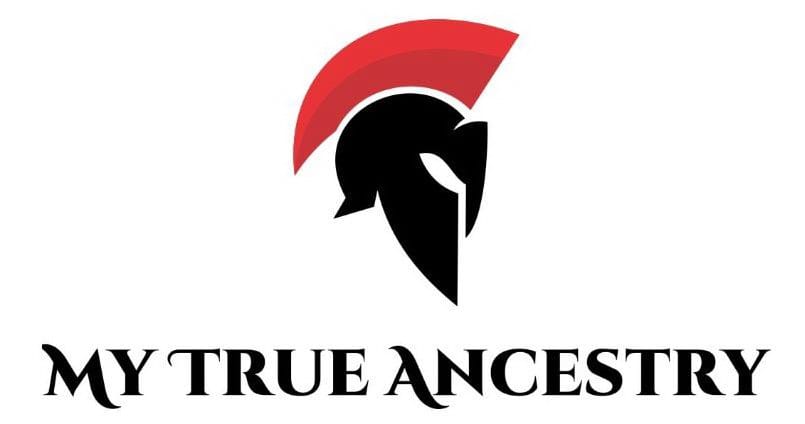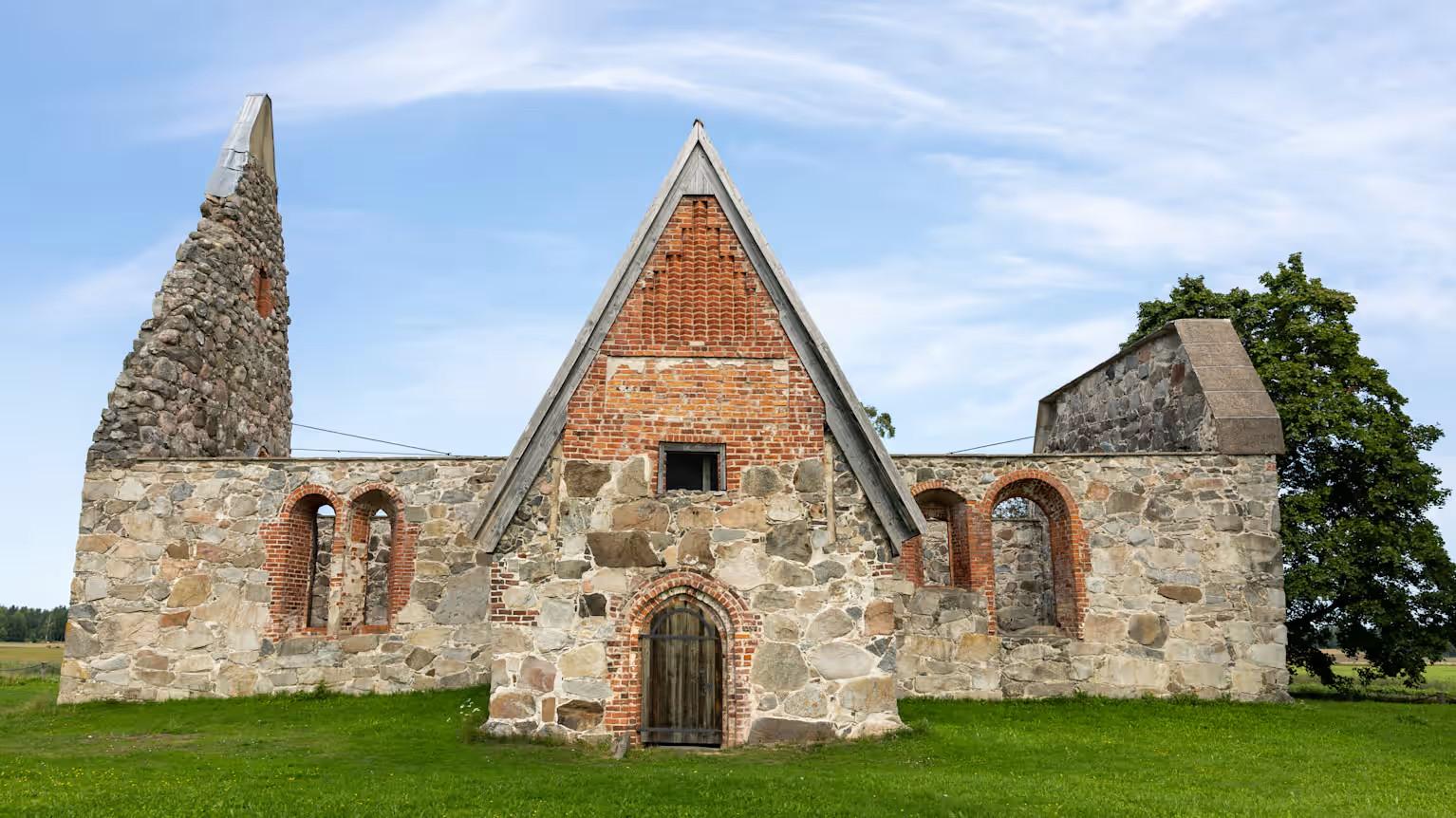Skulls, Science, and Scandal: Gustaf Retzius and the Racial Theories of 19th-Century Scandinavia





In a captivating blend of archaeology and cutting-edge genetics, the relics of ages past are now part of a groundbreaking investigation that merges history with modern science. Thirty-three skulls that once lay beneath the sacred soil of Pälkäne's ancient ruins have started a new journey — one that traces back to the bustling 1800s when they were shipped to Sweden for a rather contentious cause.
Transcending the dusty archives of history, these skulls were initially excavated under the orders of Gustaf Retzius, a Swedish anthropologist and professor at the Karolinska Institute. He believed that cranial measurements could discern the purity of ethnic origins among the Finns in contrast to their Scandinavian neighbors. Much of this work was rooted in the pseudoscientific racial theories of the time, aiming to draw lines between different ethnic groups based on physical characteristics. Nineteenth-century Swedish researcher sought to use the skulls to try to prove that "long-skulled" Swedes were of a different origin than "short-skulled" Finns.
The skulls had been part of a collection at the Karolinska Institute in Solna, Sweden, since 1873. Retzius was convinced that measuring skulls could substantiate his theories about the racial origins of Finns in comparison to other Scandinavians. A majority of the skulls originated from Pälkäne's graveyards, with others collected from various Finnish locations such as Joensuu, Pieksämäki, Rautalampi, and even former prisons and hospitals.
Fast forward to recent history, where diplomatic maneuvers have finally led to the return of these skulls to their ancestral land. In a landmark decision, the Swedish government agreed to return the skulls in April 2024 after extensive negotiations, setting the stage for archaeological and genetic research back in Finland. In a symbolic gesture, they made their way back to the shores of Lake Pälkäne, this time not just to be respectfully re-interred, but to contribute to a colossal genetic study.
The Pälkäne ruin church serves as a poignant reminder of history. Once part of an active parish before falling into disuse, it became the final resting place for numerous individuals whose skulls were later removed by researchers and taken to Sweden's Karolinska Institute. Upon their return to Finland in August, researchers began a meticulous examination of these human relics.
Under meticulous scrutiny, each skull undergoes scientific examination, with samples sent to Germany for DNA analysis and to Switzerland for protein studies. The Finnish labs play a pivotal role in piecing together the genetic jigsaw puzzle of these ancestral beings. This intricate work seeks to unlock the secrets of the people who lived in Finland hundreds of years ago by analyzing their DNA and isotopes.
The multidisciplinary research undertaken in Pälkäne is opening new doors for enthusiasts of genetic genealogical research. From the 16th to the 19th century, graveyards across Finland witnessed the collection of human skulls, among other remains, by Gustaf Retzius. Now, a variety of scientific methods are being applied to learn more about the individuals these remains belonged to.
Backed by a generous grant from the Kone Foundation, Ulla Nordfors and her team labor to perfect this DNA tool. Nordfors, a researcher at Tampere's Museum Centre Vapriikki and an adjunct professor at the University of Turku, leads this multi-disciplinary project. The skull study involves various scientific processes, including DNA and isotopic analysis, aiming to paint a clearer picture of the individuals' origins and lifestyles during the 1500s to 1800s.
MyTrueAncestry has begun processing these ancient samples and you can compare your own DNA to these medieval specimens by uploading your DNA to MyTrueAncestry.com.
Comments